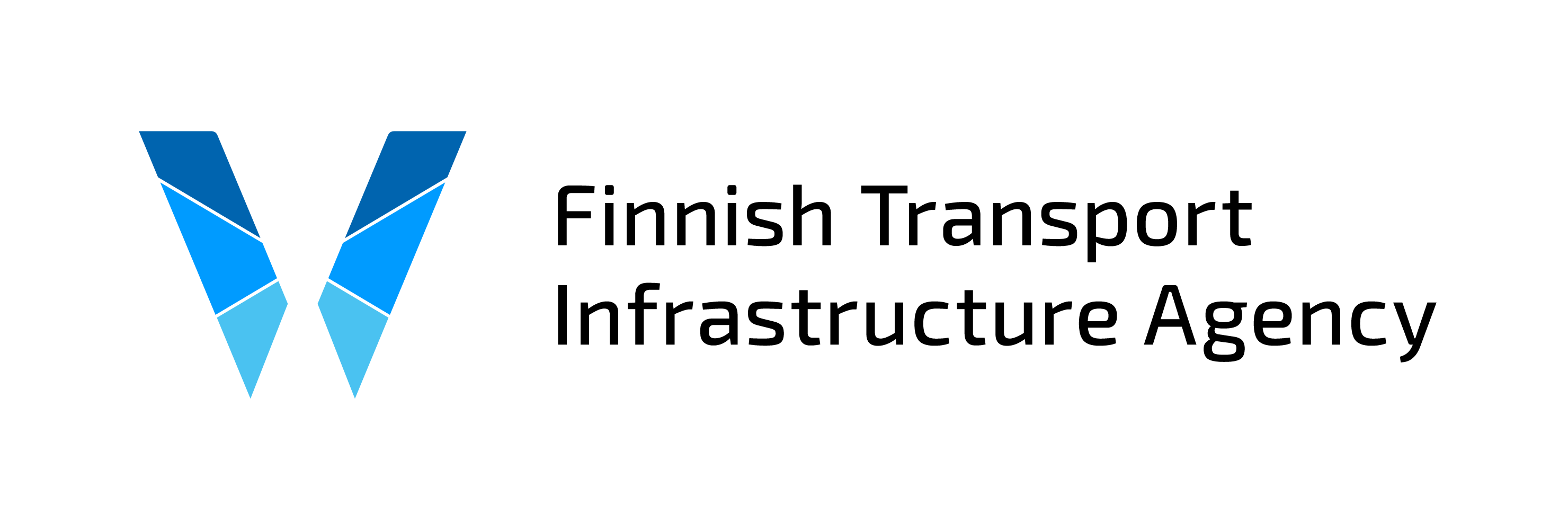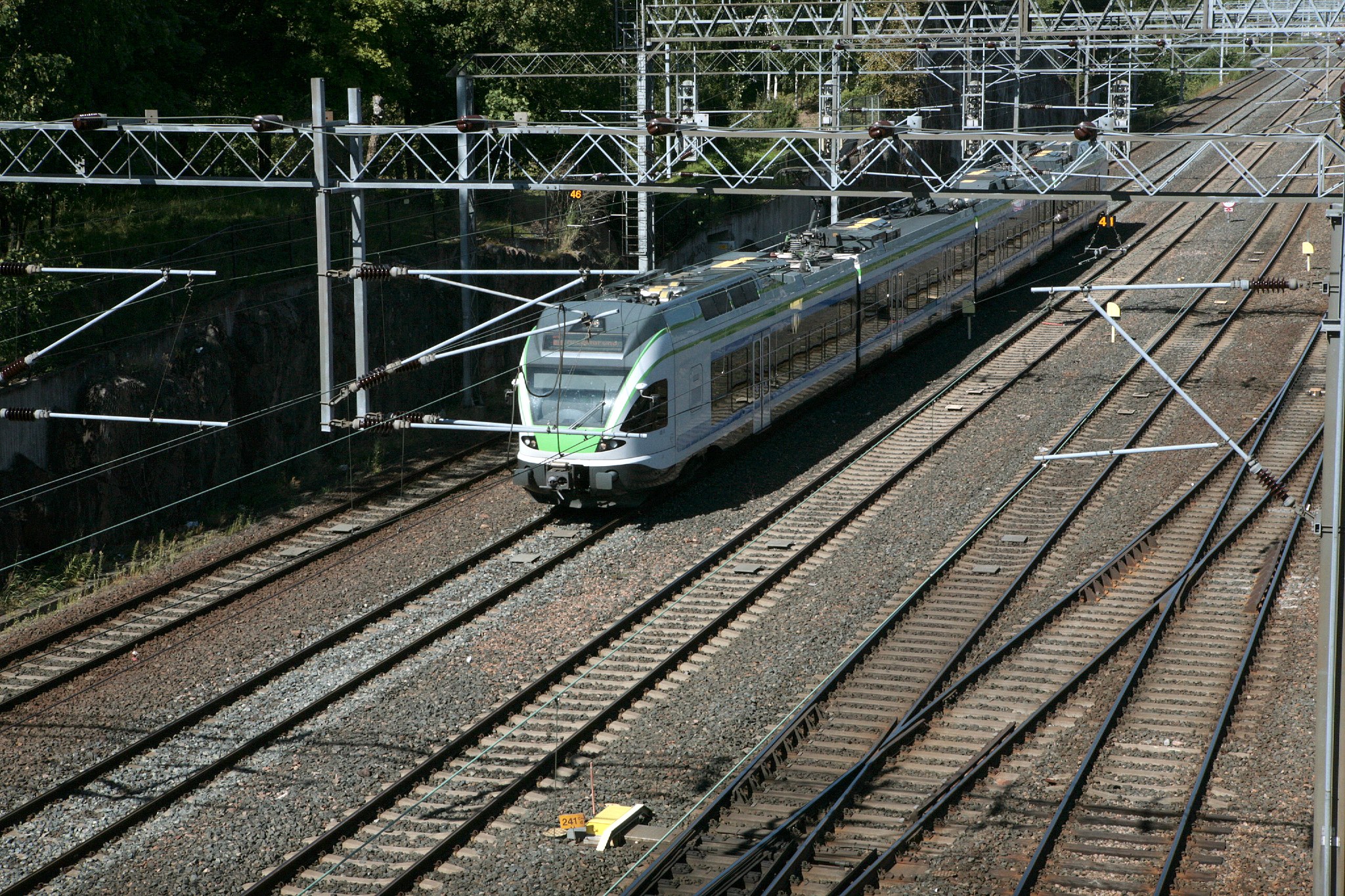The nearly 200-year history of railways has made systems national first and foremost, which makes interoperability more difficult. Still, rail transport being strictly regulated it possible to harmonise safety devices and train control systems piece by piece – or all at once, like in Finland.
The Digirail project is reforming and modernising the train control system as the current systems reach the end their lifecycles in the 2030s. Since Finland has 6,000 km of track, the work is already under way and will take several years. The European train control system ETCS required by the EU is already largely implemented in some countries, such as Spain and Italy. Of the Nordic countries, Denmark and Norway have made good progress in that aspect, while Finland only just getting started.
“Now is the time to invest in the replacement of train control systems and several current safety device systems. When the Digirail project is completed in 2040, we’ll have landed at the forefront of development in Europe. At the same time, we are creating really high-quality, modern expertise and experience, perhaps even as an export product”, says Juha Lehtola, Project Manager at the Finnish Transport Infrastructure Agency.
Commercial radio networks bring benefits
Finland is not burdened by old systems, so planning for the ETCS started from a clean slate. “Many countries have their own radio network for train control. Using commercial radio networks is an interesting option because it offers cost savings and better cyber security. It will also keep us at the forefront of technological development”, says Lehtola.
Finland is also approaching the matter from a holistic perspective: “The ETCS-based solution will be implemented across the entire rail network. In terms of infrastructure, we will only be needing one train control system; the only one on the European rolling stock market”, says Lehtola.
“At the same time, we get the maximum benefit in terms of capacity, meaning that trains can run closer together. Maximising capacity benefits also requires collective efforts in infrastructure, equipment and traffic planning. No major change can be achieved alone.”
Working together is a Finnish superpower
This solution has gained the attention of some European colleagues as well, but there are also challengers in countries that have implemented train control with older technologies.
“Finns have presented a great united front on this topic, and we have had experts in the EU sharing the benefits of Digirail. The Ministry of Transport and Communications, Traficom, VR and the authors of the more technical specification get out to their respective reference groups, but the message remains the same. Working together across organisational boundaries is unique in Finland and a huge strength”, Lehtola explains.
Cooperation is necessary, and not even major railway countries like Germany or France can do it alone. “Of the other Member States, Scandinavian representatives are now bringing up the perspectives that we have been putting out with Digirail. Another group supporting Finland’s viewpoint is EIM, or European Rail Infrastructure Managers. It is really great to see how cooperation bears fruit”, Lehtola praises.

